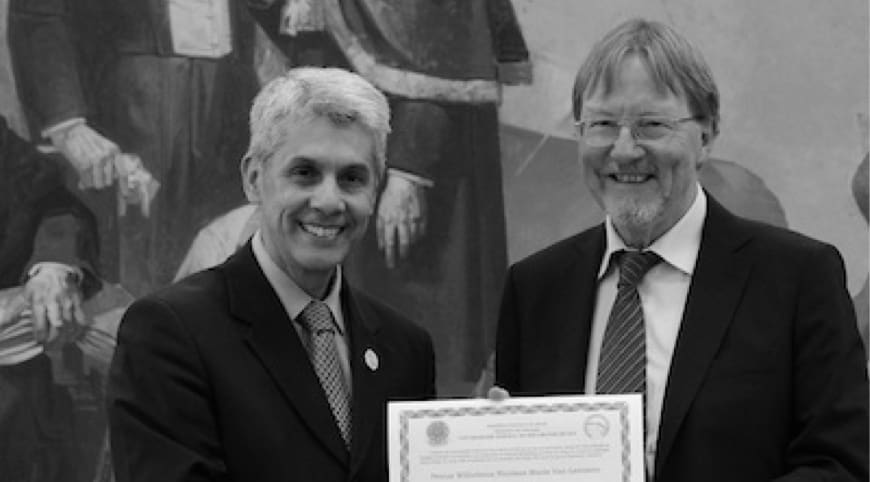Reductive Elimination of Organic Molecules from Palladium-Diphosphine Complexes
The effects governing the rate of reductive elimination of dimethyl ether, acetonitrile, vinyl cyanide, and methyl ethanoate from palladium diphosphine complexes were studied by means of a density functional theory method. Energy barriers, computed as the difference in energy between the reactant and the corresponding transition state using H2P(CH2)2PH2 as model for diphosphine ligands, varied from 38 kcal mol-1 (dimethyl ether) to barrierless elimination of methyl ethanoate, in good agreement with experimental results. MO analysis reveals striking differences that are related to the donor/acceptor capabilities of the reacting moieties. For the elimination of acetonitrile, the bite angle effect on the reaction rate, observed by Moloy when different diphosphine ligands were used, was studied in depth. We considered (R2PXPR2)Pd(CH3)(CN) complexes for a number of different ligand backbones (X = (CH2)n, n = 1-4; X = cis-, trans-but-2-ene) which span a large bite angle range and for a number of different phosphine substituents (R = H, Me, Ph). With the use of QM/MM strategies, steric and electronic effects were separated and evaluated, and the results indicate that the rate enhancement is electronic in nature, steric effects being negligible. The analysis reveals that wide bite angle ligands destabilize the reactant and stabilize the transition state, thus accelerating the reaction.

E. Zuidema, P. W. N. M. van Leeuwen, C. Bo
Organometallics 2005, 24, 3703-3710
DOI:
Go to the journal
Associated ICIQ research group/s:
-
RESEARCH GROUP/S
Emeritus Prof. Piet van Leeuwen

Let's create a brighter future
Join our team to work with renowned researchers, tackle groundbreaking
projects and contribute to meaningful scientific advancements



















